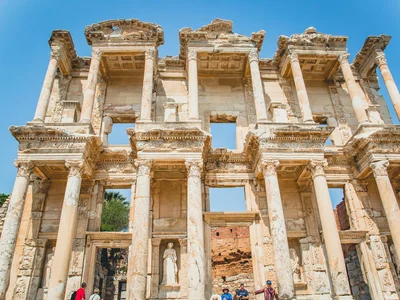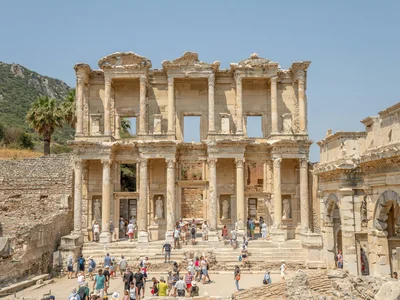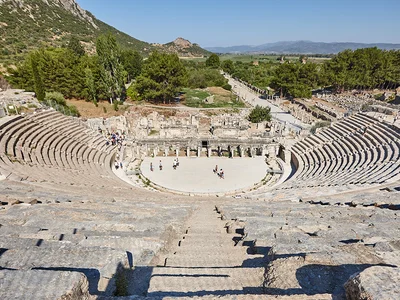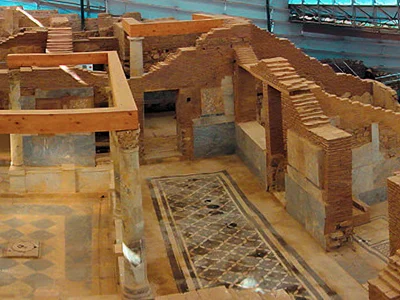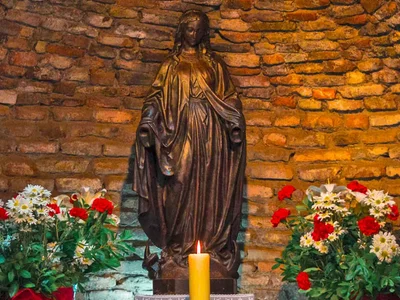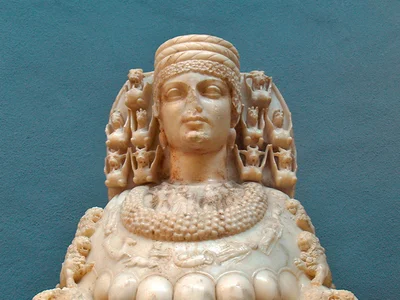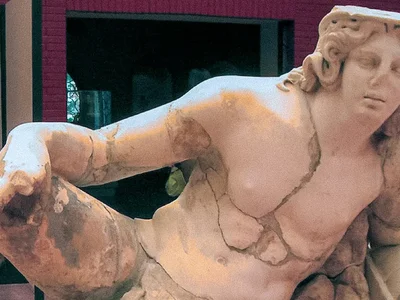Where is the Ephesus Archaeological Museum located?
The museum is in the modern town of Selçuk, just a short 3‑minute drive from the ancient site of Ephesus. It houses many of the finest finds from recent excavations.
What is the history and significance of the museum?
First opened in 1964 and expanded in 1976, the museum was extensively renovated before reopening in 2014. It preserves over 60 000 artifacts from Hellenistic, Roman and Byzantine periods and serves as a key center for Ephesian cultural heritage.
What are the museum opening hours?
The museum is open every day. In summer it typically runs from 8 AM to 7 PM while in winter it opens from about 8 30 AM to 5 PM. These may vary slightly by season or special events so it is wise to check ahead.
Do I need a separate ticket to enter the museum?
Yes, the Museum has its own admission ticket. Many visitors choose a combined ticket covering both the Ephesus archaeological site and the museum for convenience.
What are the most famous exhibits at the museum?
The best‑known exhibits are the two colossal statues of Artemis of Ephesus, one from the first century AD and the other from the second century AD, featuring fertility symbols like oval protuberances on her chest.
What other exhibits are on display?
Highlights include the bronze Eros riding a dolphin, frescoes and mosaics from the Terrace Houses, medical instruments, coins, imperial statues, friezes from the Temple of Hadrian and the Parthian Monument reliefs.
How much time should I plan to visit the museum?
Most visitors spend between one and two hours exploring the displays. If you are combining the museum with the Ephesus ruins, allocate at least half a day.
Is photography allowed inside the museum?
Photography without flash is typically permitted for personal use. Certain special exhibits may restrict photography, so check signage or ask staff on arrival.
Is the museum accessible to visitors with disabilities?
The museum is partially wheelchair accessible. Some sections may still pose difficulties due to historic building design, so contacting the museum in advance is recommended.
What facilities are available at the museum?
The museum includes restrooms a gift shop and often a small refreshment area. There is also a 10‑minute 3D simulation video room showing ancient Ephesus in English German and Turkish.
Why is the museum worth visiting after seeing Ephesus ruins?
It offers a rich contextual follow‑up with many of the artifacts you will have seen in situ at Ephesus preserved under cover and explained in themed halls such as Artemis Hall Terrace Houses Hall and Imperial Cult Hall.
How are the exhibits organized inside the museum?
Exhibits are grouped thematically by findspot rather than chronologically. Halls include Terrace Houses Findings Fountain Findings Imperial Cult Artemis Grave and Coins Rooms among others.
Is a guided tour available at the museum?
Guided tours can be arranged through local tour operators who often operate combined visits of the ruins and museum. Licensed guides provide deeper interpretation of artifacts.
Does the museum host temporary exhibits or events?
Yes from time to time the museum hosts special exhibitions lectures or cultural events. These may showcase new finds or thematic topics beyond the permanent collection.
What should I wear and bring when visiting the museum?
Comfortable walking shoes and clothing are advised. Although indoors the museum still requires walking and standing. Bringing water is helpful especially if visiting ruins the same day.

